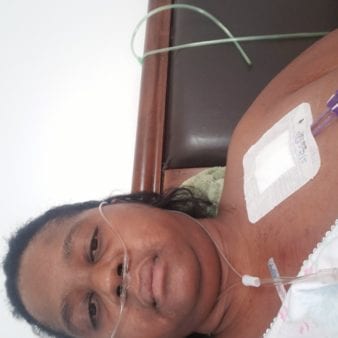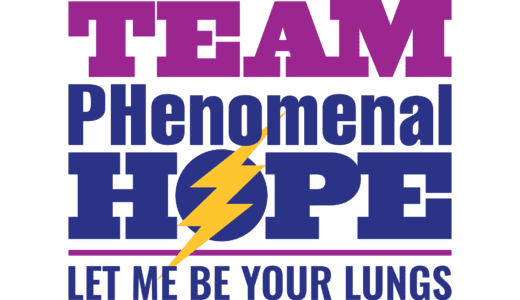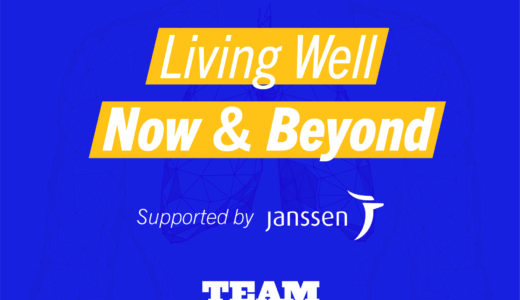Diagnosis and COVID-19 Obstacles: Darlene Serrano

After two days of Hurricane Maria I started to feel sick. I was short of breath and fatigued; it felt as though I was experiencing asthma symptoms. I was a night shift mall security officer at the time, so I decided to end my shift and go home for therapy and sleep.But, before the end of the shift I went out for a walk. I went up the same stairs that I had gone up for more than eight months, and I had to stop to breathe in the middle of them. Once I reached the top I had to sit and wait to use the elevator. This was the only strange occurrence I noticed, but I decided to go straight to the hospital.
As soon as my shift ended, I went to the emergency room for what I thought was related to my myasthenia gravis condition or possible respiratory tract infection. I explained my symptoms to him: shortness of breath, wheezing, headaches, frequent urination, and a productive cough. The doctor ordered tests, consulted my case with the neurologist, and took x-rays of my lungs. I was evaluated by neurology and Internal Medicine, and both indicated that it was nothing related to the myasthenia gravis, but nevertheless I had a little weakness, which could be due to shortness of breath.
After my tests were completed, I had very high arterial blood gases, Co2 retention, and dizziness. That’s when I saw that my stretcher was surrounded by medical voices in the distance. When I woke up I was piped. I had to withdraw from work for several months.
In December I went back to work and my coworkers started noticing my shortness of breath. They began to see that I could only walk very short distances without having to stop to breathe. My boss and coworkers checked in with me or told me they thought a doctor should see me again. All this, despite using a portable oxygen concentrator.
After a second visit to the doctor, he decided to hospitalize me again. During the hospitalization, several studies were carried out, including a CT scan of my arteries, catheterization, chest plaques (because water presented in my lungs), VQ scan, and a six minute walk test, which I did not tolerate well. I underwent an echocardiogram, which revealed my pulmonary hypertension and the beginning of damage to the right side of my heart, causing heart failure.
This diagnosis has changed my lifestyle a lot. I am currently on continuous intravenous treatment. Now at home, I’m not sure when I will be able to return to a normal life like the one I was leading. I am getting much less work due to the coronavirus pandemic. I have not been able to get masks to wear while mixing my medication because they cannot be found anywhere. My specialty pharmacy is even out of them.
However, I can walk again, lie on my side, and breathe easily. I no longer feel dizzy and have much less trouble with my health otherwise, I understand that this new continuous intravenous therapy has improved me and allowed me to have quality of life back!
Darlene received COVID-19 relief funds from the Team PHenomenal Hope Unmet Needs Patient Impact Fund. Learn more about how this fund supports PH patients at teamph.org/unmetneeds.



